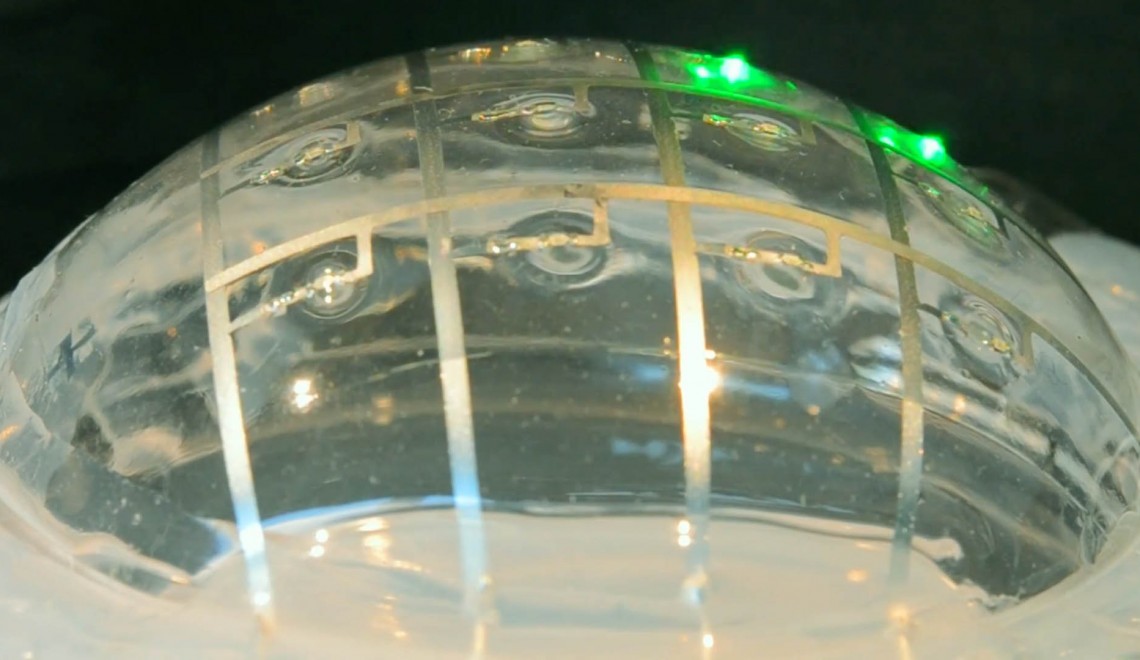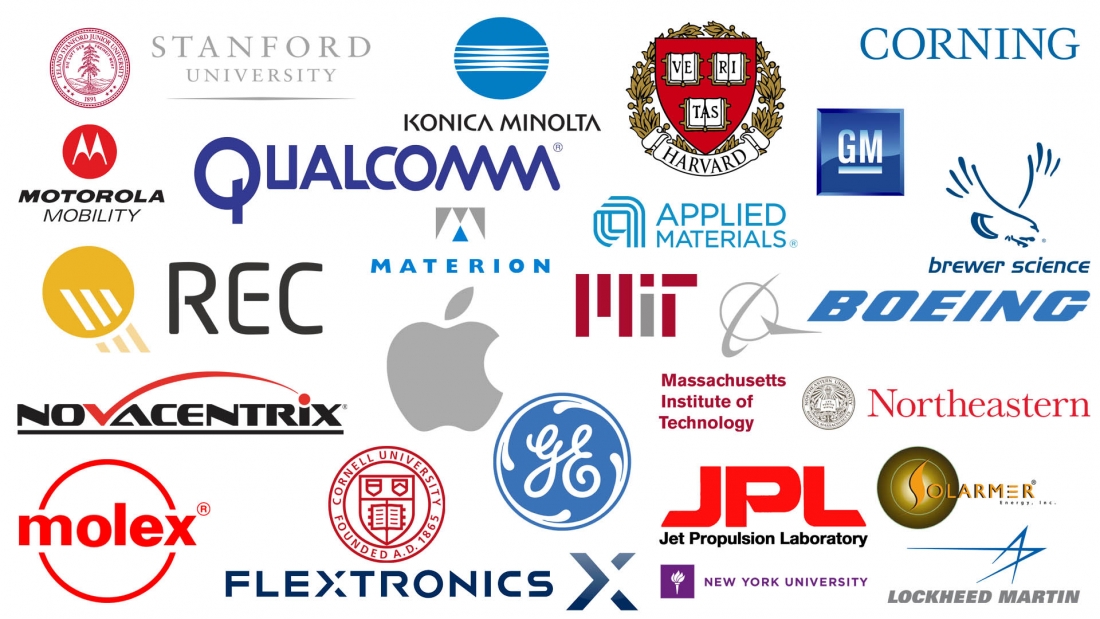Stretchable, Bendable Circuit Promises Improved Wearables
Researchers at Switzerland’s EPFL have discovered a way to create circuits that are both flexible and able to be stretched. Typically circuits need to be hard printed onto a ridged board. This ensures that the delicate pathways and connections required for the circuit to function don’t get damaged. While this design works perfectly for computers, TVs, phones, and toasters, it is not so great for things that need to move – such as wearables. Rigid circuits have been a fairly significant design limitation for wearable technology up until this point. If you are looking to integrate circuitry into an article of clothing, typically thin, durable wires are integrated into the garment which are connected to a plastic box containing the circuity. While designers will still have to contend with an inflexible battery, removing the constraints of the hard printed circuit board is a huge leap forward for wearable design.
Continue reading




